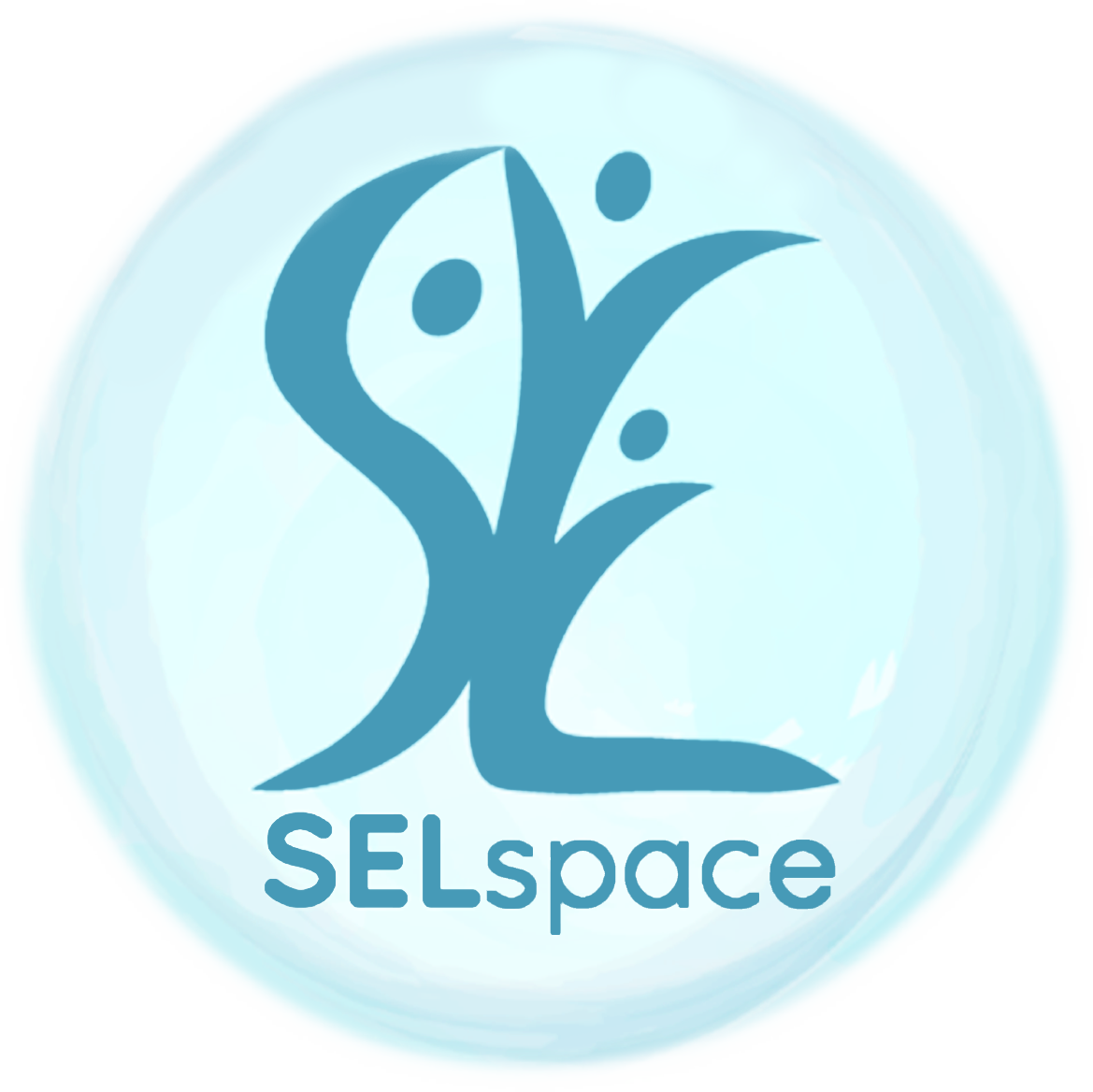What is Slam Poetry?
Slam poetry is performance poetry that combines the elements of performance, writing, and audience participation. It is performed at events called poetry slams, or slams. Today it is considered an artistic movement as well as a genre of poetry and spoken word.
Process to introduce and teach slam poetry:
There are many approaches and methods to inspire poetry and art.
Below is a process we successfully used to bring forward students’ inspired words, their voice and calls to action, visual expression, and oral performances.
Start by listening and introducing students to some slam poetry.
(Jamaal the Poet is a good start point)
Discuss what students already know about slam poetry, what they think it might be, its importance, what they would like to learn.
Provide the class with a definition and some history of the art form.
Next, listen to Amanda Gorman’s poem “The Hill We Climb”. You could alternately use her poem “Earthwise” or “The Miracle of Morning” if you find the inauguration poem to be too political.
Provide students with a copy of the text for each poem.
Have them highlight any key lines that are meaningful to them.
They can then copy or copy-paste the lines that resonated most in a notebook or document.
(They can call it their “Collection of Big Words and Ideas”)
This process can be repeated each day with a different poem or speech or song.
After each reading, discuss any big messages, themes, or ideas the authors/poets were trying to voice.
Watch the interview with Amanda Gorman so students can get a sense of her powerful use of voice and expression and the process she uses in writing her poetry.
As an extension or layered lesson, you could introduce famous speeches and songs asking students to compare them to some of the slam poetry they have already listened to.
What similarities do they have?
What are some differences?
Are they a form of slam poems?
“Martin’s Big Words“, by Doreen Rappaport, is a good introduction to not only the power of words, but to the powerful speeches of Dr Martin Luther King Jr.. This also gives a segue into having students reflect on their voice and big words.
Follow up with some big idea songs.
Nimo Patel, is a great artist to introduce as his songs have powerful themes.
Brainstorm (just write down words and ideas that pop into your head!!) what comes to mind when the following words are spoken:
(You can do a word each day to add to their “Collection of Big Words” document/notes or you can do a brainstorm to match up with themes from poems or songs you’ve explored.)
Some possibilities might be:
JUSTICE, FREEDOM, NON-VIOLENCE, INJUSTICE, HOPE, PEACE, NATURE…
Ask these questions with each theme to tap into all the senses.
What does hope sound like?
What does hope feel like?
What does hope look like?
What does hope taste or smell like?
Culminating Tasks: Creating a Slam Poem with accompanying Inspired Art:
Amanda Gorman talked about how she was inspired by many sources and would sit with lots of books and poems and songs and pull words and parts from different places.
Students Create – Culminating task:
Create your own slam poem by taking some of the words and lines that you found to be powerful and combine them with some of your brainstorms and ideas. Create your own big words and poetry.
ARTWORK
Select a variety of abstract and symbolic art to look at and learn about. Studying artists and artwork provides insight into different cultures, ways of thinking, social/political/personal issues and personal expression. When selecting artwork and artists, consider a diversity of artists, cultures, geography, images, art mediums (ex: photography, sculpture, painting), and time periods.
Here are a few suggestions for abstract and symbolic art in painting:

Keith Haring – “The Crowd”

Nicholas Wilton – “Stillness”

Wassily Kandinsky – “On White”

Hilma Af Klint – “The Ten Biggest, No 2”
Students created symbolic and abstract art to accompany their poems. Abstract and symbolic art is an accessible and meaningful way that provides an opportunity for students to express themselves visually.
Student artwork creations and materials were flexible, with digital creations providing an additional medium that many students enjoyed exploring and experimenting with. Student work in the sample featured used Jamboard as a creative tool for digital collage, iPad apps, and traditional art materials. This project was accomplished during COVID online learning at home.
Performance: Book Creator is a web-based online tool that enabled students to present their slam poems. They could practice and perform with the choice of video or audio recording.


